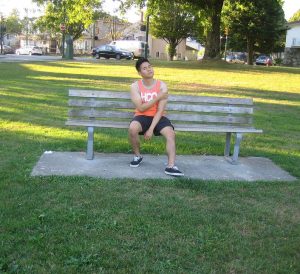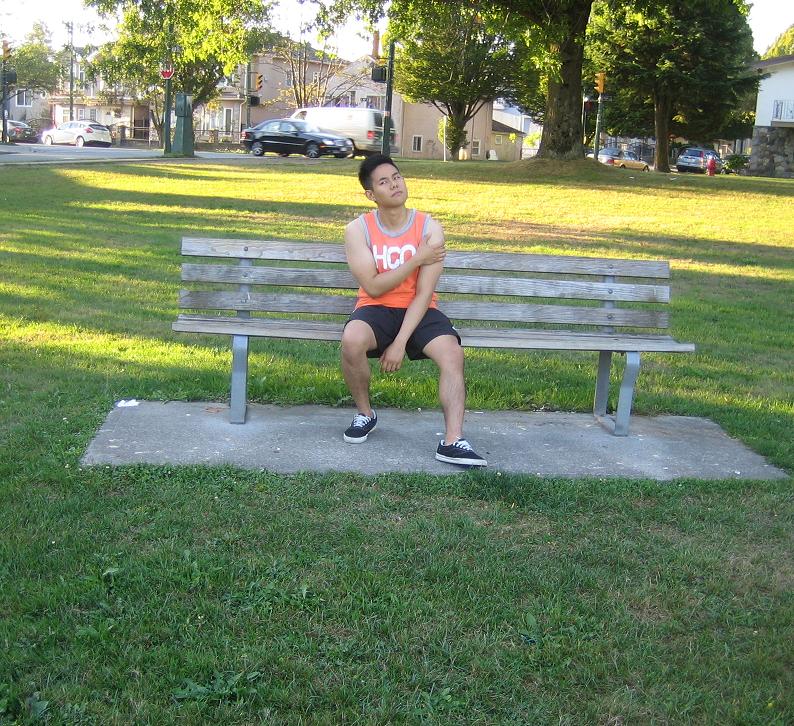A clavicle fracture is a damage in the clavicle of the child. It is a common bone fracture that mainly affects children. The collarbone is located between the top of the breastbone or sternum and the shoulder blade or scapula and attaches the arm to the body. The collarbone can be felt by touching the area between the shoulder and the neck.
Causes of clavicle fracture in children
- Falling on his/her outstretched hand
- Injury or trauma
- A direct blow to the shoulder during vehicular accidents or playing any contact sports such as football or wrestling.
- Newborns can also suffer from broken collarbone when passing through a narrow birth canal.
Symptoms

- Difficulty in moving the shoulder or arm
- Pain in the clavicle or top of the shoulder especially when moving the shoulder
- Deformity of the clavicle or looks out of place
- Swelling and bruising of the area
- Lump or bulge in the fractured area
- Weakness, numbness or tingling sensations felt in the shoulder and arm
- The child supports his/her arm with the other hand to lessen the pain
- The shoulder on the affected side slumps down and forward
- A feeling of grinding or cracking sensation when raising the arm
Treatment
- Take the prescribed over-the-counter medication such as acetaminophen to lessen the fever and the pain.
- Take the prescribed medication such as ibuprofen to lessen the pain, the swelling and the fever.
- Wear a sling or a brace to prevent unnecessary movement, lessen the pain and for fast healing of the condition. It also keeps the bone in proper position as it heals.
- Apply ice on the affected area for at least 15-20 minutes every hour for 2-3 after the injury to lessen the pain and the swelling. Ice can be in the form of crushed ice placed in a plastic bag. Cover the ice bag using a towel or a piece of cloth before placing to the area. Avoid ice directly on the skin to prevent ice burn and worsen the condition.
- Let the child get plenty of rest and sleep for fast healing of the clavicle. Minimize performing activities that causes pain and worsen the condition.
- Once the bones starts to heal, let the child start performing gentle motion exercises with the help of the physical therapist to lessen the stiffness while still wearing the sling. When the bone is totally healed he/she should begin more strenuous rehabilitation exercise for the strength and flexibility of the shoulder and restore range of movement of the affected area.
Tips
- Make sure he/she is wearing the recommended protective gear when playing sports and using the proper techniques to prevent injuries.
- Increase the intake of foods such as milk, cheese and yogurt for strong bones to lessen being fractured during an impact.
Disclaimer / More Information
The material posted on this page on a clavicle fracture is for learning purposes only. Learn to recognize and manage this type of fracture by taking a first aid and CPR class with one of our training providers.
FACT CHECK
https://en.wikipedia.org/wiki/Clavicle_fracture
https://emedicine.medscape.com/article/92429-overview
https://orthoinfo.aaos.org/en/diseases–conditions/clavicle-fracture-broken-collarbone/
